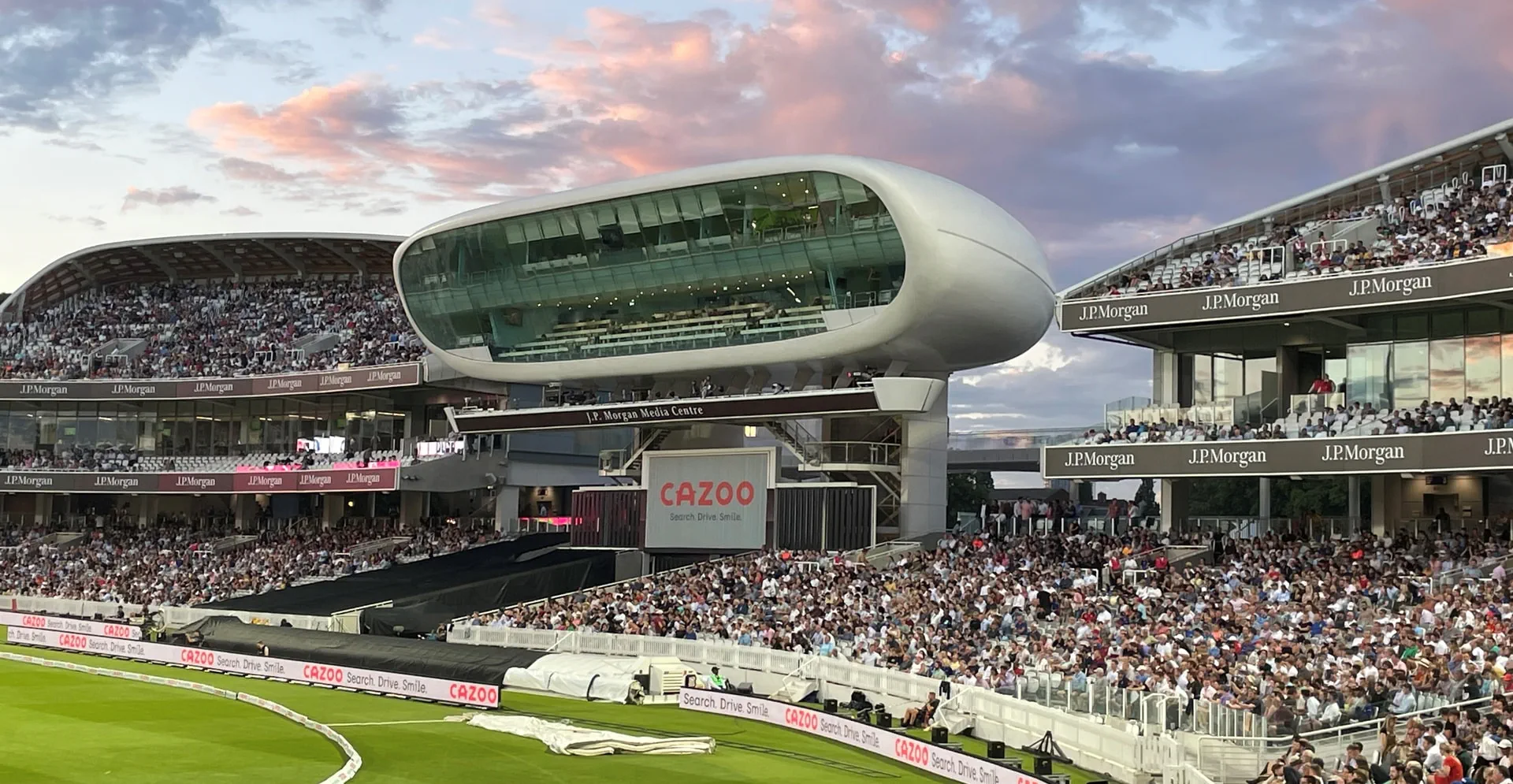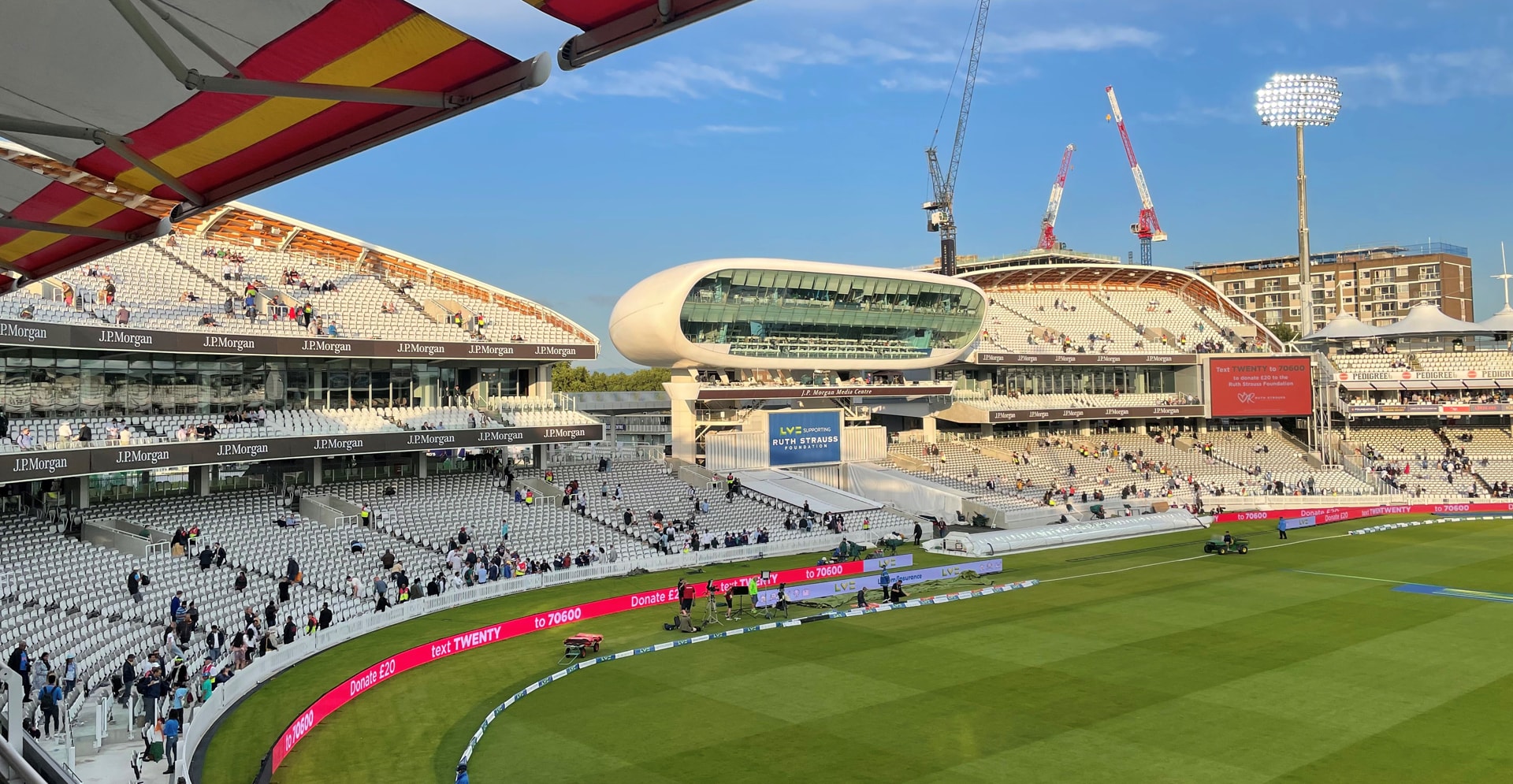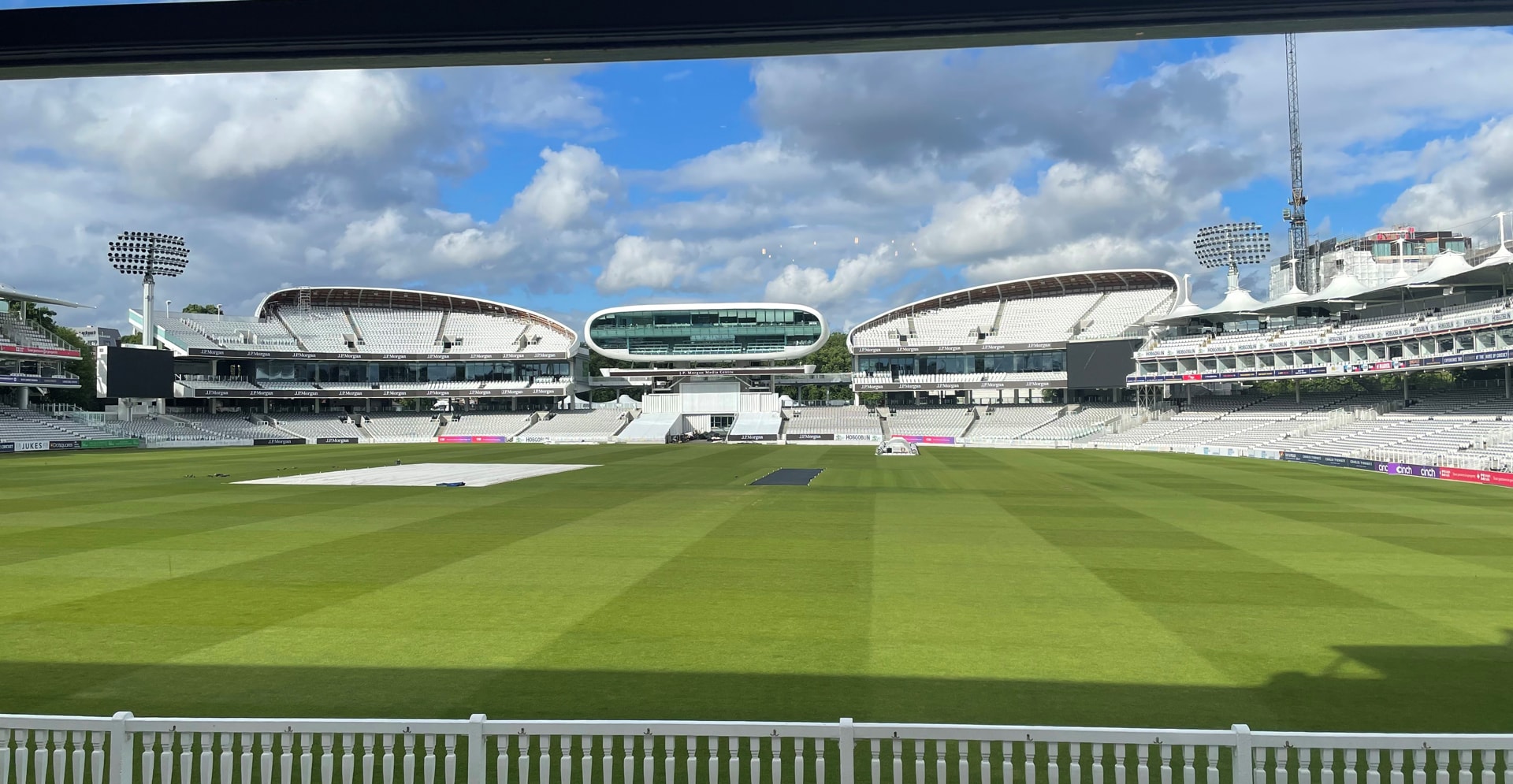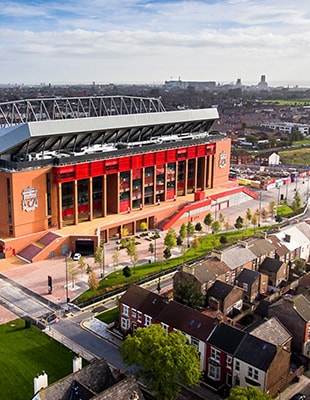Table of Contents
The challenge
Lord’s is one of the most famous cricket grounds in the world, but at more than 200 years old, needed modernization to ensure it continued to provide a world-class fan experience.
200+ years
Built in 1814, Lord’s is the largest cricket ground in the UK and one of the most famous grounds in the world. It welcomes thousands of visitors to international matches every year, with cricket fans flocking to experience its unique architectural character and sporting heritage. But this 200-year history comes at a price. Sporting venues have increasingly become major drivers of economic growth, with the quality of the fan experience paramount. Marylebone Cricket Club (MCC) – the owner of Lord’s – needed to modernize and update the ground to ensure it continued to provide spectators with the world-class experience they had come to expect.
The solution
We provided cost-management expertise for the redevelopment of two spectator stands to deliver a better quality of experience, with improved accessibility, increased capacity and enhanced visitor facilities.
2,600 seats
MCC embarked on a 15-year, multi-million-pound redevelopment program, with plans for improved accessibility, increased capacity, and an enhanced visitor experience. This was critical in ensuring that Lord’s would continue to provide fans with access to world-class facilities, while also maintaining the Ground’s reputation for architectural excellence. Arcadis has worked with MCC since 2017 and played an integral role in helping to bring its vision to life.
Our involvement began with the redevelopment of the new Compton and Edrich stands. To meet current day standards, MCC wanted to provide two new public seating stands, equipped with lifts and accessible seating, incorporating food, beverage, and washroom facilities, and featuring dramatically improved sightlines. Standing at three-tiers in height, the new arrangement would increase capacity by an additional 2,600 seats and include two new debenture hospitality restaurants which can be used to generate revenue outside of the cricket season.
Acting as Cost Managers for MCC, we worked closely with the design team from the outset to help inform quality levels and areas of design priority. We also implemented a procurement strategy that ensured a quality contractor was selected who could work collaboratively alongside MCC during the cricket season. Our aim was to create a cost management process that provided realistic and robust cost estimates at every stage of the design process. With a masterplan of this scale and scope, it was important there should be ‘no surprises’ that could potentially have a negative impact on both budget and timescales.
We achieved this by aligning brief, budget, and scope from the outset. Fortunately, our stadia sector expertise meant we could bring reliable benchmark data and insights from numerous other projects around the world, all of which helped to inform our planning and ensured we could make the most accurate recommendations. Our approach was centered around optimizing viability, positively influencing design, and adapting procurement to beat the market. We developed an overarching master cost plan with input from across the project team, with comprehensive modeling to test the best spatial and seating arrangements and look at different program and phasing plans to compare efficiency and the benefits of each.
-
READ MORE
One challenge we needed to take into account was the fact we were working in a live sports environment, with the ground situated in a sensitive and physically constrained location, adjacent to heritage buildings. This meant we had to give careful consideration to the implications and obligations around planning, local residents, site access, logistics, and deliveries. We also undertook a substantial review of the material being used for the frame to ensure the stands could be built to safely accommodate spectators during an interim cricket season, thereby ensuring MCC did not lose out on revenue during construction.
We know that the sports and hospitality landscape is changing, and buildings need to be flexible and easily adaptable to future demand. Our approach allowed us to quickly model scenarios as part of the developing design, meaning that we were able to achieve a flexible solution without adding unnecessary costs.
Throughout, it was important that we set realistic targets, with proactive risk mitigation and control to prevent any unnecessary cost escalation between the different construction phases. Our evidence-based assessments of cost, design efficiency, occupancy and revenue potential were all integral when it came to facilitating effective decision-making.
When it came to demonstrating project viability, again our use of benchmarking tools and data was invaluable when it came to driving design decisions that would generate the most value. For example, to minimize waste and reduce the amount of material sent to landfill, much of the original seating was re-used.
The impact
Our cost modeling identified the highest value solution for Lord’s, delivered on time and budget, preserving its unique character and ensuring Lord’s remains the finest cricket ground in the world.
3 tiers
The new Compton and Edrich stands were completed in time for the 2021 season. They provide enhanced and accessible seating for up to 11,600 spectators, with a connecting walkway between the two stands to aid circulation and enable visitors to move more freely between the two stands. They also include two hospitality lounges, sponsor boxes, and food, beverage, and associated facilities.
Our cost management approach ensured we were able to deliver the highest value solution for the site, achieved within the acceptable parameters for cost, time and risk. Through our comprehensive cost modeling, we were able to avert unexpected cost surprises, while still ensuring Lord’s retains its unique character and remains the finest cricket ground in the world.
Our work on the Compton and Edrich stands helped us to secure cost management services on the next phase of the masterplan development, where we are now continuing to work with MCC on the Tavern and Allen stands. Since 2020 we have also been providing cost management services for work on future phases, such as the redevelopment of the East Gate Building and the Nursery Ground basement.
Not done reading?
This also might be interesting for you
- Related Projects
- Related Insights
- Related Blogs
















